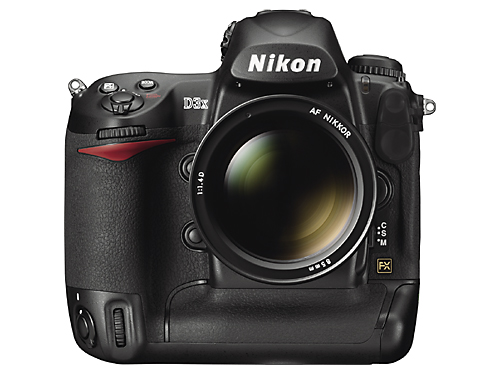
Nikon has announced the D3x, its newest full frame professional DSLR. With 24.5 megapixel sensor the D3x has double the resolution of the sports / news oriented D3 model.
The Nikon D3x aimed at commercial, high fashion, fine art and landscape photographers, features an all-new 24.5-megapixel (6048 x 4032) CMOS sensor, ISO range of 100 – 1600 extendable up to 6400 (equivalent) and down to ISO 50 (equivalent), 5 fps shooting, 920,000 dot 3 inch VGA LCD monitor with Live View, 51-point autofocus, EXPEED image processing and HDMI output.
Key Features
- 24.5 megapixel FX format CMOS sensor with high signal-to-noise ratio, wide dynamic range and 12-channel readout.
- ISO 100 – 1600: extendable up to 6400 (equivalent) and down to ISO 50 (equivalent).
- 5fps consecutive shooting (7fps in DX Crop mode)
- EXPEED image processing engine with 14-bit A/D conversion and 16-bit image processing for superb tonal gradation.
- Advanced Scene Recognition System combines the camera’s metering and AF sensors for precise exposures and sharply defined images.
- Multi-CAM3500FX 51-point AF system. Individually selectable or configurable in 9-point, 21-point and 51-point coverage settings.
- Picture Controls streamline in-camera image processing by enabling customization of image parameters before capture and offer complete control over sharpening, contrast, brightness, hue and saturation in various color modes.
- 920,000-dot 3-inch VGA LCD monitor with wide, 170-degree viewing angle.
- Live View with Autofocus enables composition of images using the LCD monitor. Two modes are supported: Handheld or Tripod.
- Two Crop Modes: DX format and 5:4 ratio. The DX crop mode can be automatically enabled when a DX lens is attached.
- Quick response: approx. 40 ms shutter-lag and 55 ms viewfinder black-out.
- Highly accurate, durable Kevlar/carbon fiber-composite shutter unit: Standard rating of 300, 000 cycles, with a maximum shutter speed of 1/8,000 sec and flash synchronization at up to 1/250 sec.
- Active D-Lighting enables superior high-contrast images by automatically applying tone compensation at the moment of capture.
- Dual CF card slots: configurable for parallel (simultaneous) or serial (consecutive) recording.
- HDMI video output interface enables connection to high-definition video systems.
- Intuitive ergonomics with optimized button placement for fast and comfortable handling.
- Durable magnesium alloy body built to withstand the rigors of the harshest of environments.
- Wireless LAN and Ethernet support via optional Wireless Transmitter WT-4.
- Optional GPS and wireless transmitter
Other features
- Lateral chromatic aberration reduction creates images with a clear periphery using original image processing technology to significantly reduce color aberrations
- Vignette Control effectively prevents reduction of light at the periphery
- Optical viewfinder achieves approx. 100%*6 frame coverage and 0.7x*7 magnification in FX format
- Three sensing areas: FX format (36 x 24), DX format (24 x 16), and 5:4 (30 x 24)
- Customizable function button
- Choice of black or white letters for shooting information display
- AF fine adjustment with professional standard of accuracy
- Compliant with HDMITM for high-definition image playback
- Lets you shoot up to approx. 4,400 frames on a single battery charge*8
Price and Availability
The Nikon D3X will be available at Nikon Authorized Professional Dealers starting December 2008, and will be available for an estimated selling price of $7999.95.
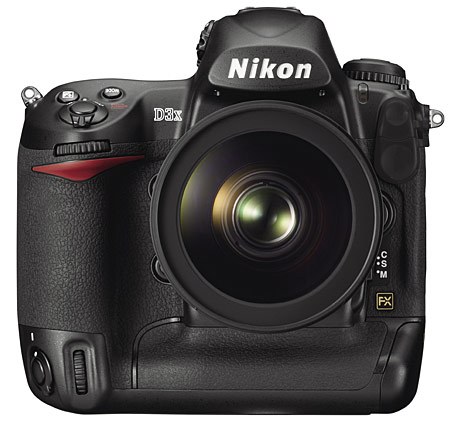
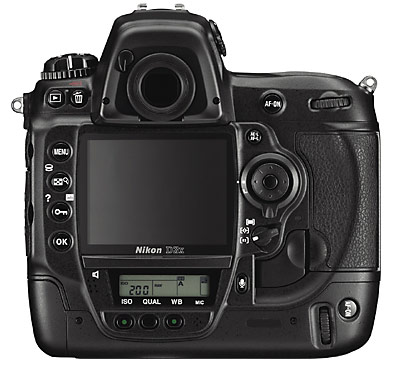
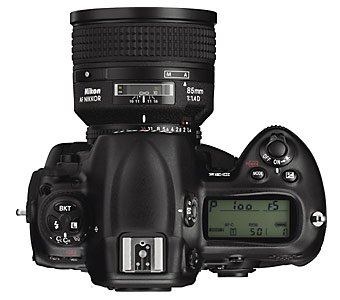
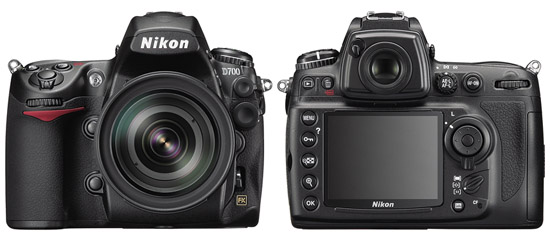
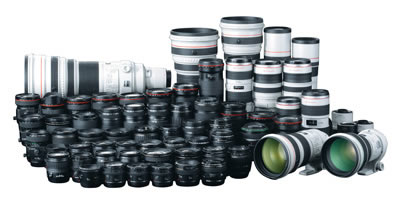
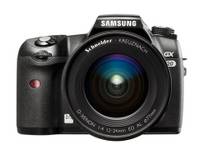 Amateur Photographer are
Amateur Photographer are